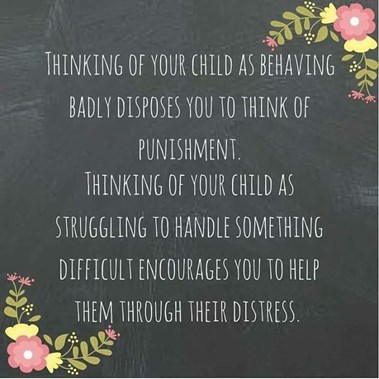PACE
A child who has experienced trauma in their early life will often struggle to verbalise their emotions and history. Instead, they will communicate through behaviour. This behaviour can be challenging for carers to handle and, although the carer cannot change the child's experience, they can change the way they respond to it. Clinical psychologist Daniel Hughes developed the PACE approach to help foster carers to build up a connection with their child and build a safe space to open up communication.

PACE stands for:
Playfulness |
Using a light-hearted, reassuring tone - similar to parent-infant interactions - to creating an atmosphere of safety and reassurance where no one feels judged and your child feels able to cope with positive feelings |
|---|---|
Acceptance |
Acceptance is about actively communicating that you accept the feelings, thoughts and internal struggles that are underneath the child's outward behaviour. It is not about accepting the behaviour itself but helping to teach the child to not feel ashamed by their inner turmoil. |
Curiosity |
Curiosity, without judgement, is how we help children become aware of their inner life. It's about wondering out loud without necessary expecting an answer in return. Phrases like "I wonder if..." will help the child to put a name to their emotions and thoughts. |
Empathy |
Feeling a child's sadness of distress with them, being emotionally available to them during times of difficulty shows the child that they are not alone and that the adult are strong enough to support them both through it. |
(Sometimes 'L' for Love is included, making PLACE)
Parents have found that using the PACE approach opens channels of communication and helps begin to give children the experience of someone hearing what it is like to be them. Once children feel heard, it becomes more possible for them to see themselves through their parent's or carer's eyes and to reduce their feelings of shame.
PACE parenting feels different to the parenting that most parents and carers experienced and may need training and support to implement.
Further Resources
- Behaviour as Language - a PDF that explains the language of a child's behaviour and the technique of PACE
- Everyday Parenting with Security and Love: Using PACE by Kim Golding - a book offering practical guidance on using PACE
- Daniel Hughes Website - Dan Hughes created the PACE model. His website provides more information on the practice of PACE, his theory and his works
- PACE Poster - This one-page PDF helps explains the principles of PACE






